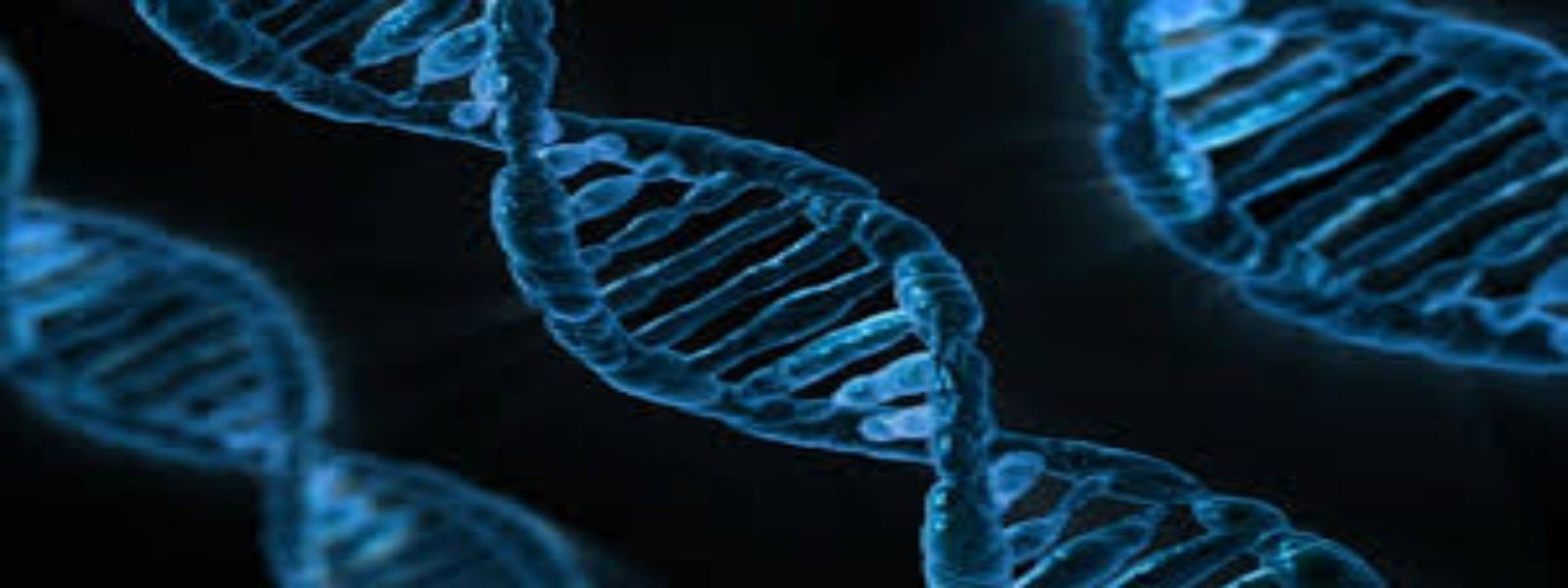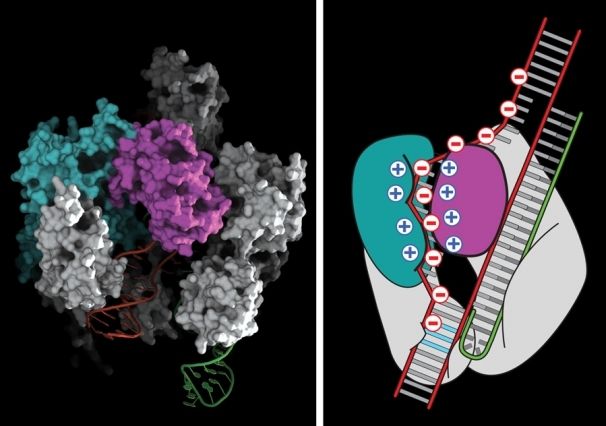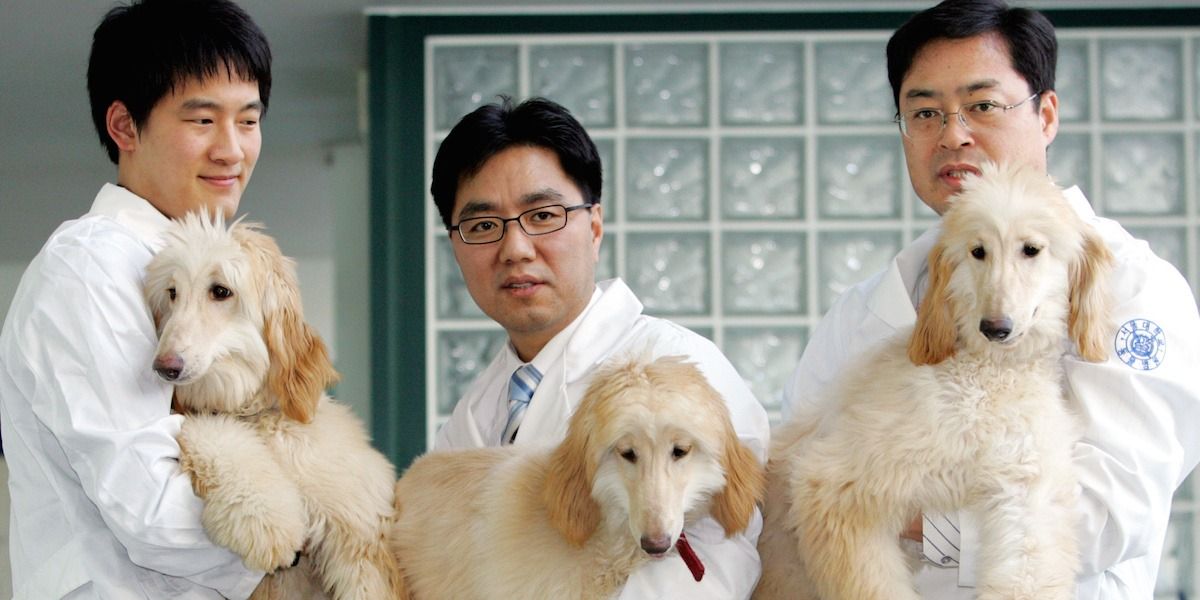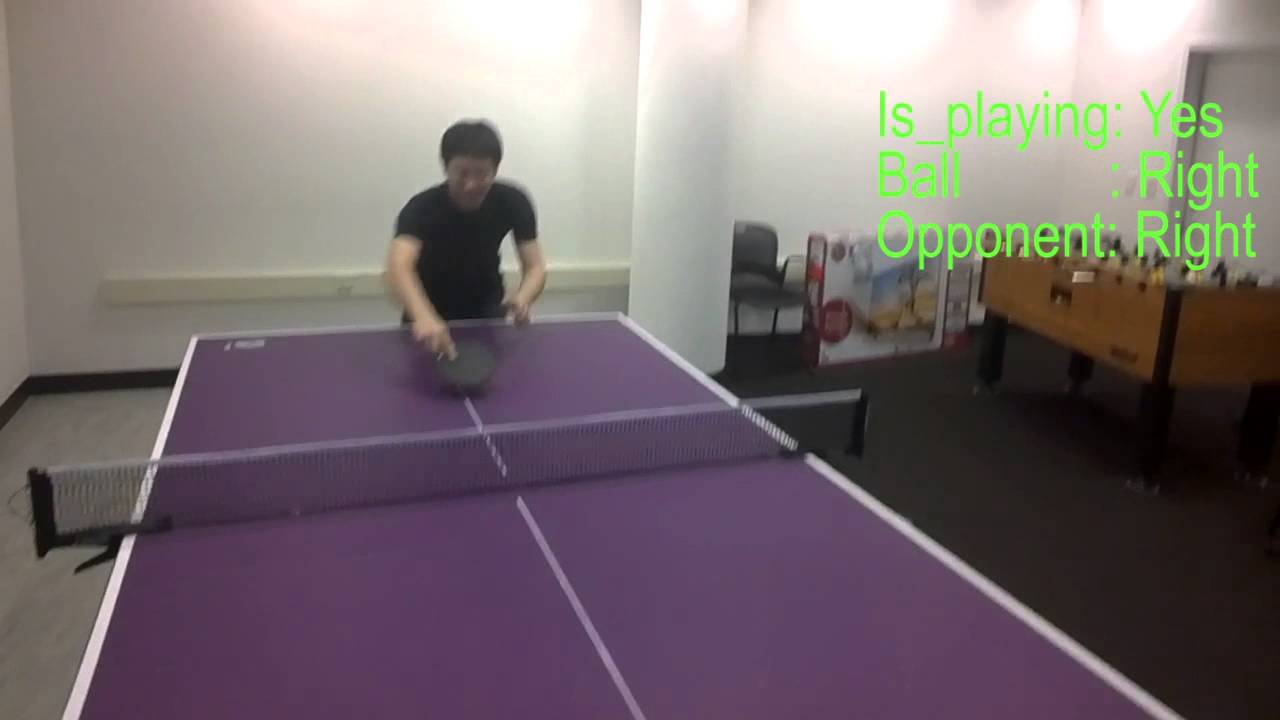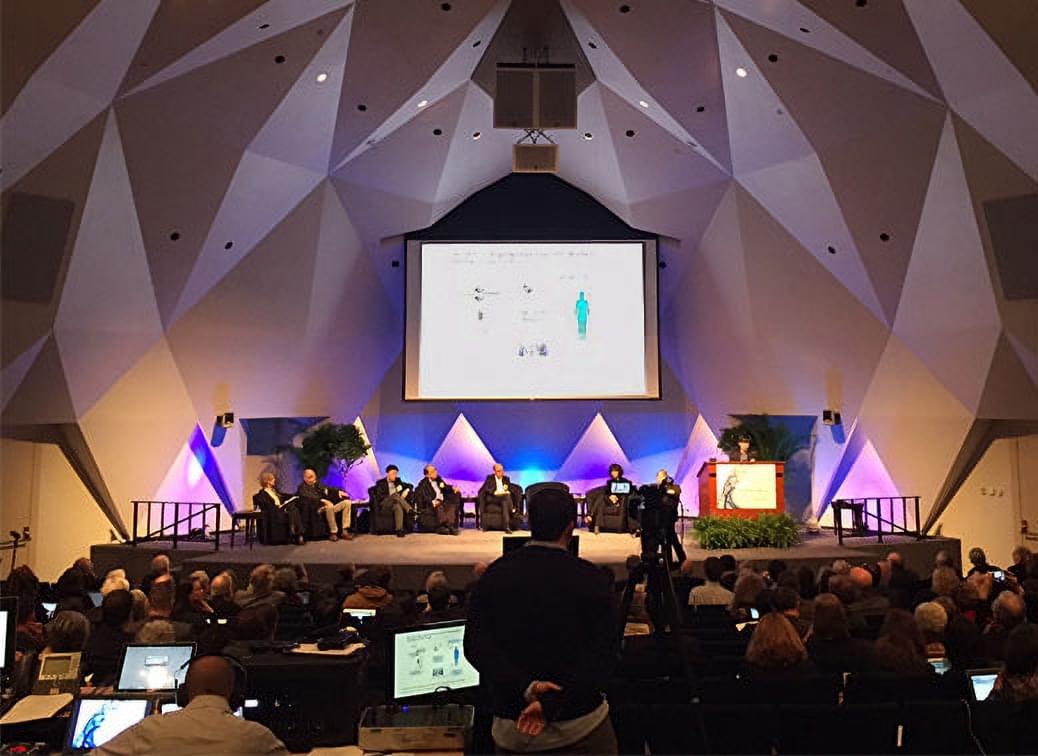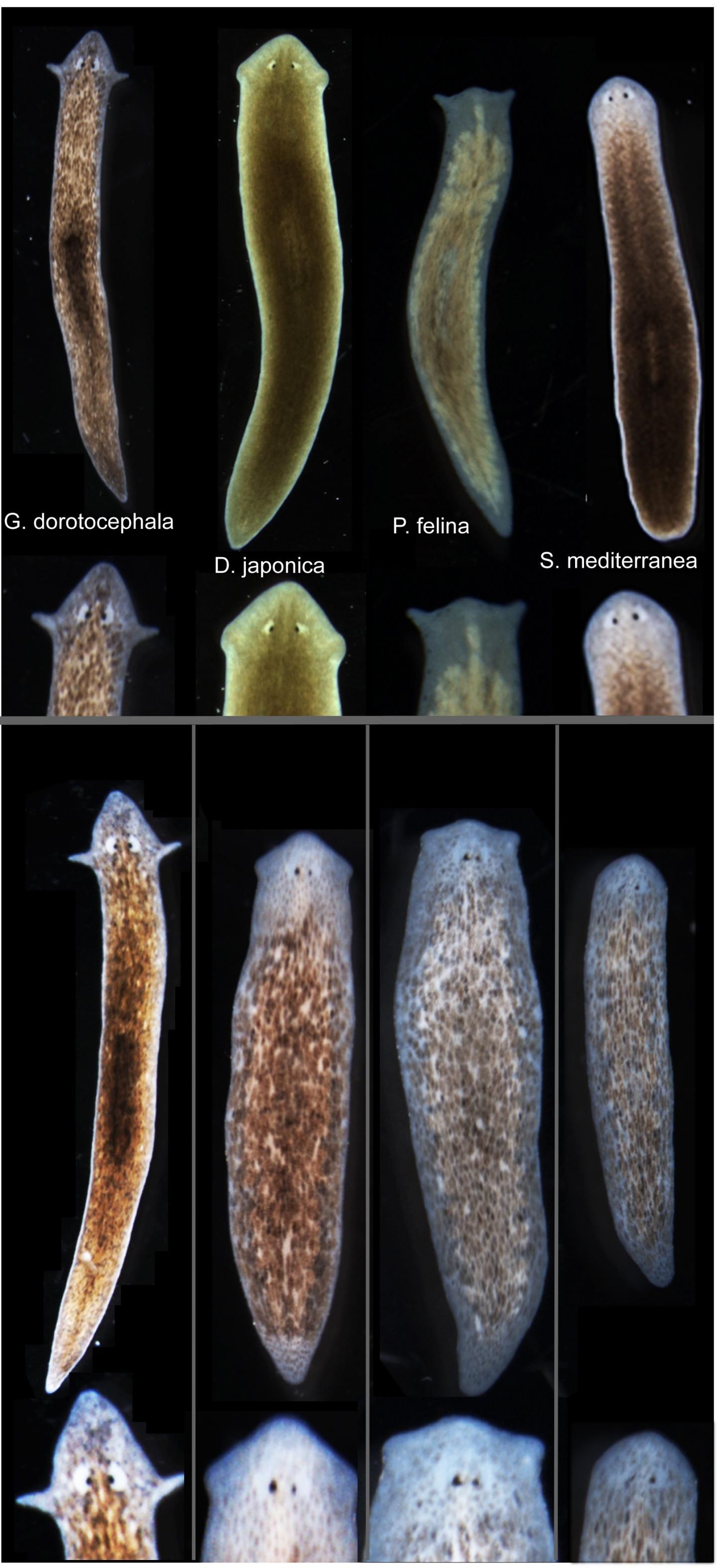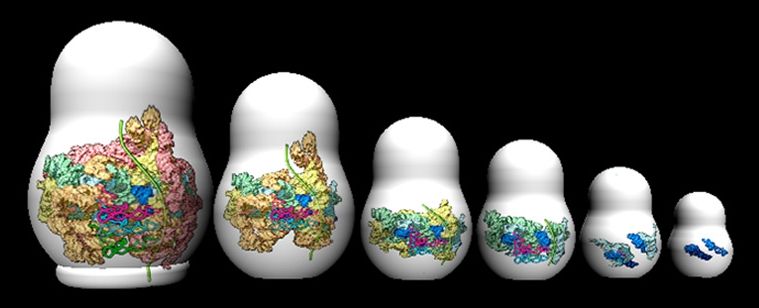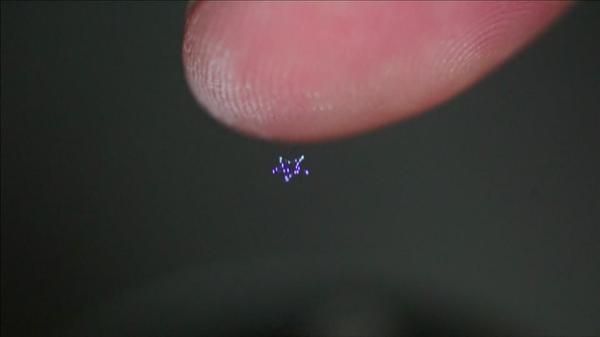Dec 3, 2015
Risks of mass toying with genes addressed at Cambridge conference
Posted by Valentina Lencautan in categories: biotech/medical, engineering, evolution, robotics/AI
While the global academic discussion focuses on the coverage of existential risks associated with the rise of a Skynet equivalent artificial intelligence; it is worth mentioning that there are divergent advances in biotech whichare as alarming and urgent as the rise of an all omnipotent and omnipresent AI. Those issues should be directed and scanned under a microscope because they are at our doorstep. We should note that the application of “wind tunnelling” towards new technologies is necessary to prepare for the future, and subsequently, we should mitigate the risks and anticipate the greatest threats associated with technology XYZ as well as the biggest opportunities.
If we recall the year 2011, virologist Ron Fouchier presented his enhanced version of the H5N1 which could create a pandemic of massive impact wiping out half the world population if not more. Fouchier was experimenting with the avian flu virus searching for virulence enhancing evolution paths. What he did is spread the virus throughout a population of ferrets, and it reproduced with an increase in its ability to adapt at each transformation; in ten generations, the airborne version gained so much in virility that it had the potential power to kill half of the human population.
A year after that, in 2012, CRISPR/Cas9 genome engineering/editing tool was first shown to work in human cell culture. It allows scientists to edit genomes which binds and splices DNA at specific locations. The complex can be programmed to target a problematic gene, which is then replaced or repaired by another molecule introduced at the same time. A highly precise method. In the past years there has been much researchwere many researches conducted, e.g. the first monkeys with targeted mutations were born, and even editing methods for preventing HIV-1 infection in humans. What this means is the introduction of a complex randomness factor. If in the past a handful of people had access to genomic iterations and experimentation; now this fact is about to be change, releasing the proverbial genie from the bottle, with little ability to control it.
